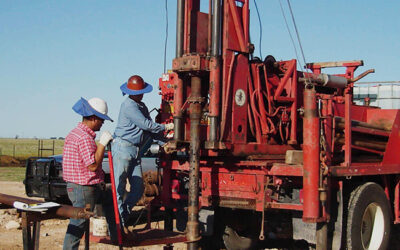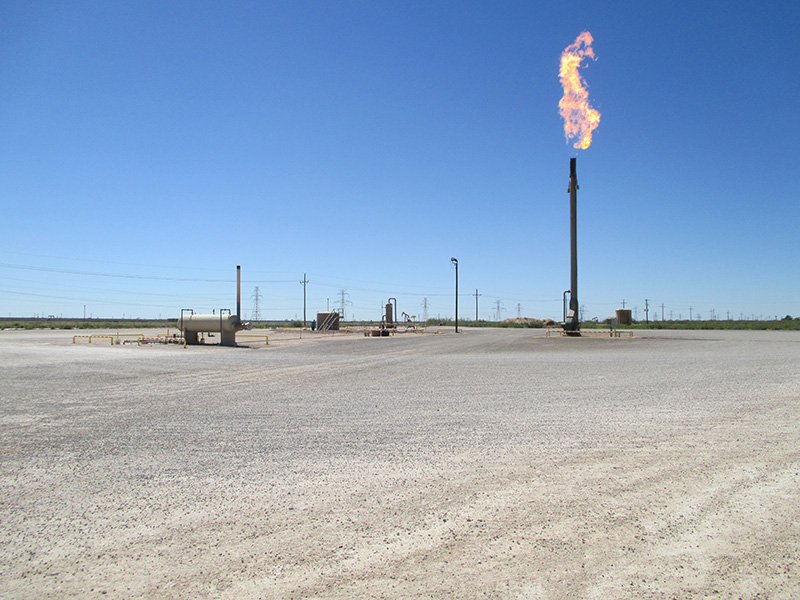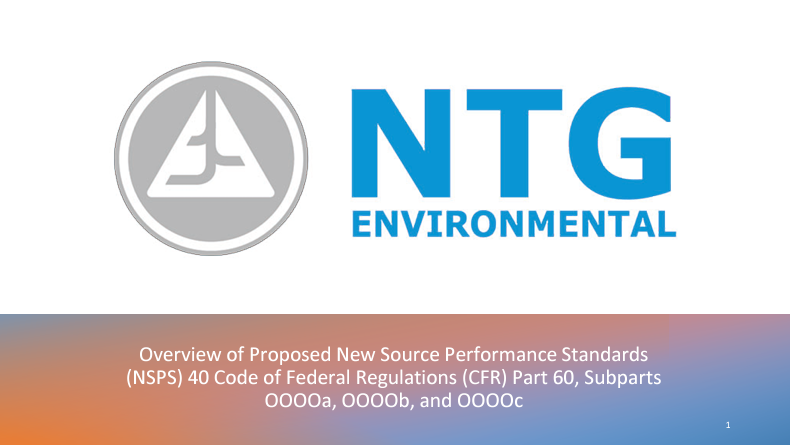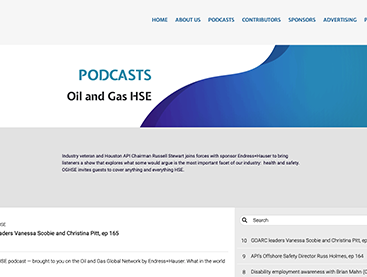Blogs
Fugitive Emissions: What They Are & Why They Matter
What Are Fugitive Emissions? Fugitive emissions refer to accidental leakages of gases and vapors into the atmosphere. These are typically known as a byproduct of the oil and gas industry. In the past several decades, the rise of climate awareness and protection...
Site Assessment & Remediation: How We Can Help You.
Getting All of The Facts When moving forward with any project whether residential, commercial, or industrial, it’s not only wise but vital to have a complete and accurate understanding of the facts. NTG Environmental employs time-tested strategies and techniques in...
Environmental Due Diligence: What Is It and Why Does it Matter?
If you know NTG Environmental, you know one of the core tenets of our business is good stewardship of our natural resources. Furthermore, conducting environmental due diligence increased in importance greatly over the past several decades. With attention to detail,...
6 Environmental Services That Help Your Company Promote Sustainability
We Provide Thoughtful, Sustainability-focused Solutions New Tech Global Environmental is dedicated to providing thoughtful and sustainability-focused environmental solutions for you. We desire to be good stewards of our natural resources and want the same for you. ...
Steps Toward Sustainability in 2023
Sustainability in 2023 In 2023, business sustainability is the subject of many executive meetings and reports. Naturally, as a business proprietor, you want to find ways to increase the chances of your business not only surviving but thriving well into the future. ...
Information
EPA’s Mandatory Greenhouse Gas Reporting Rule
EPA’s Mandatory Greenhouse Gas Reporting Rule, 40 CFR Part 98, requires reporting of greenhouse gas (GHG) emissions from certain industries in the U. S. The rule does not require control of GHG emissions. Under the rule, Subpart W applies to the petroleum and natural gas industry segment.
Overview of Proposed New Source Performance Standards
Overview of Proposed New Source Performance Standards (NSPS) 40 Code of Federal Regulations (CFR) Part 60, Subparts OOOOa, OOOOb, and OOOOc
Notice C-141 Process Updates
The New Mexico Oil Conservation Division (OCD) released a notice as to updates to Form C-141. Attached to this email is that notice, including additional attachments and figures totaling 111 pages. According to the notice, the Form C-141 is being updated to include the addition of 16 new incident statuses and a completely digitized version of the C-141. This release is the first phase of several, but is claimed by OCD to likely include the biggest change to current operations. Additional phases will focus on refinement and include new submission pipelines for C-141 applications.
This is a replacement of the document previously posted on the Energy, Minerals and Natural Resources Department (EMNRD) website titled “Procedures for Implementation of the Spill Rule” released September 6, 2019. The 2019 document is no longer valid.









